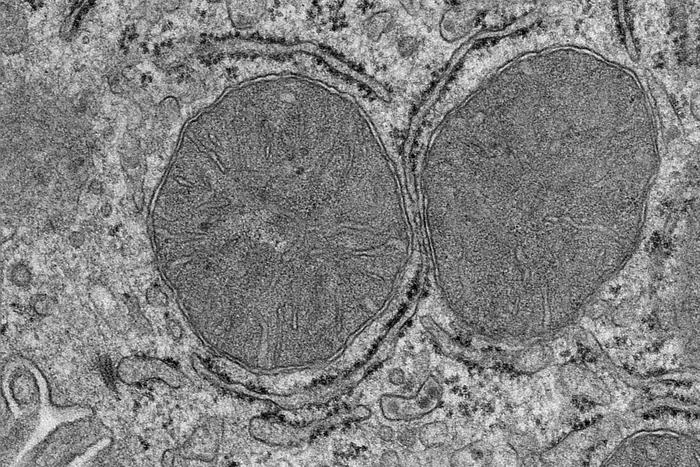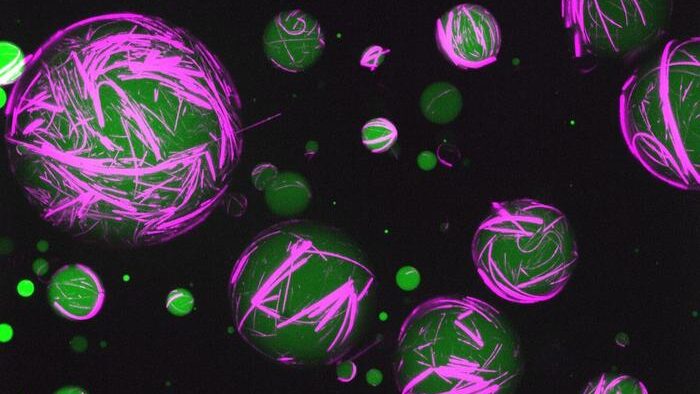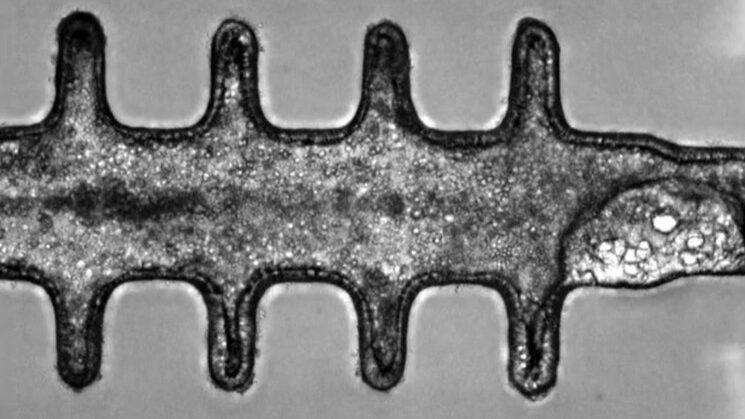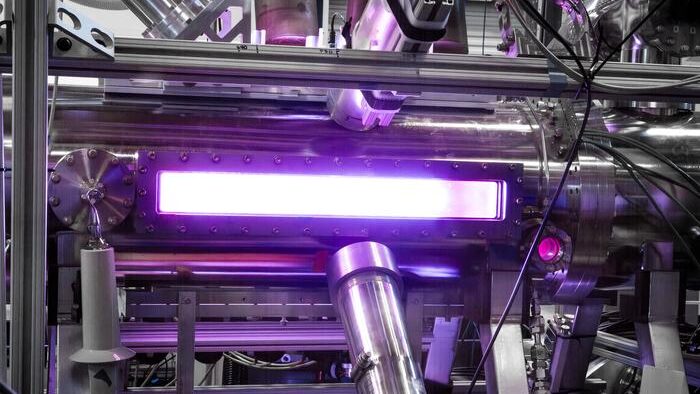From Max Planck Institute for Metabolism Research 27/04/24

What happens in the body when we are hungry and see and smell food?
A team of researchers at the Max Planck Institute for Metabolism Research has now been able to show in mice that adaptations in the liver mitochondria take place after only a few minutes.
Stimulated by the activation of a group of nerve cells in the brain, the mitochondria of the liver cells change and prepare the liver for the adaptation of the sugar metabolism.
The findings, published in the journal Science, could open up new avenues for the treatment of type 2 diabetes.
The researchers fed hungry mice that could only see and smell the food without eating it.

After just a few minutes, the researchers analysed the mitochondria in the liver and found that processes normally stimulated by food intake were activated.
Mitochondria in the liver get ready
The studies show that it is sufficient for the mice to see and smell food for a few minutes to influence the mitochondria in the liver cells.
This is mediated by a previously uncharacterised phosphorylation in a mitochondrial protein.
Phosphorylation is an important modification for the regulation of protein activity.
The researchers also show that this phosphorylation affects the sensitivity of the liver to insulin.
The researchers have thus discovered a new signalling pathway that regulates insulin sensitivity in the body.
Nerve cells in the hypothalamus
The effect on the liver is mediated by a group of nerve cells called POMC neurons.
These neurons are activated within seconds by the sight and smell of food, signalling the liver to prepare for the incoming nutrients.
The researchers also showed that the activation of POMC neurons alone is sufficient to adapt the mitochondria in the liver, even in the absence of food.
“When our senses detect food, our body prepares for food intake by producing saliva and digestive acid.”
“We knew from previous studies that the liver also prepares for food intake.”

“Now we have taken a closer look at the mitochondria in liver cells, because they are essential cell organelles for metabolism and energy production, and realised how surprisingly fast this adaptation takes place,” explains Sinika Henschke, first author of the study.
Jens Brüning, head of the study and director at the Max Planck Institute for Metabolism Research: “Our study shows how closely the sensory perception of food, adaptive processes in the mitochondria and insulin sensitivity are linked.”
“Understanding these mechanisms is also important because insulin sensitivity is impaired in type 2 diabetes mellitus.”
Jens Brüning is also a research group leader at the CECAD Cluster of Excellence in Ageing Research at the University of Cologne and Director of the Department of Endocrinology, Diabetology and Preventive Medicine at Cologne University Hospital.












